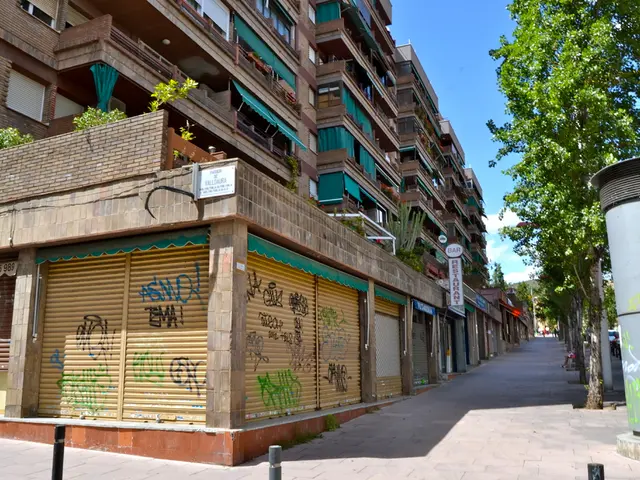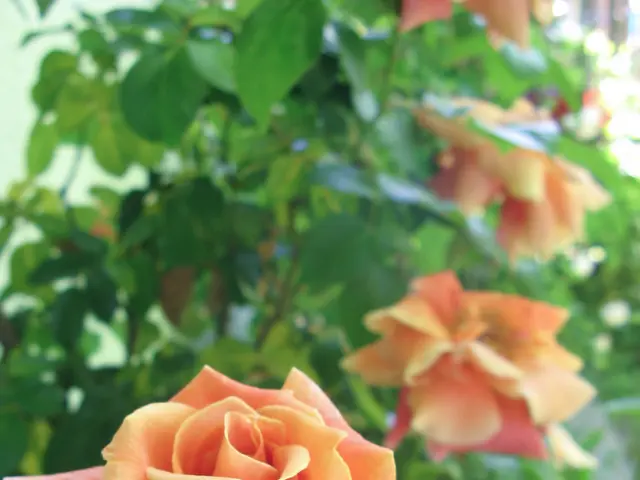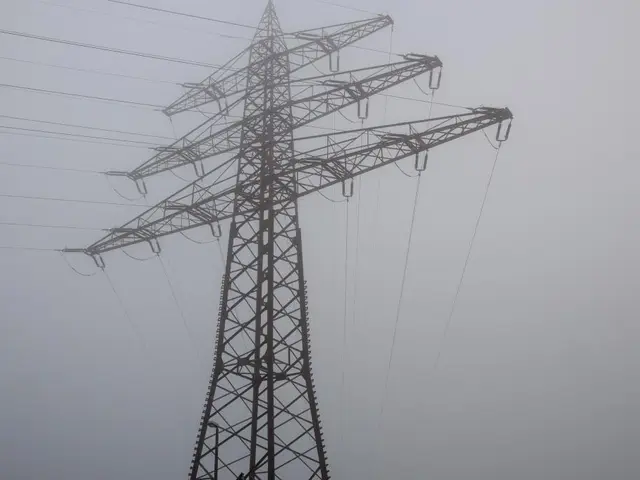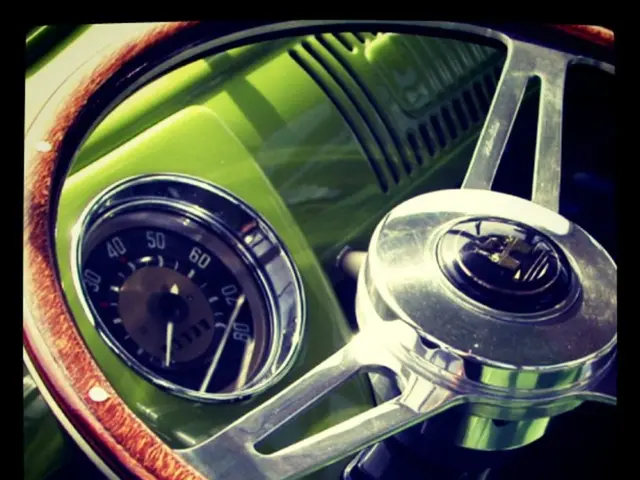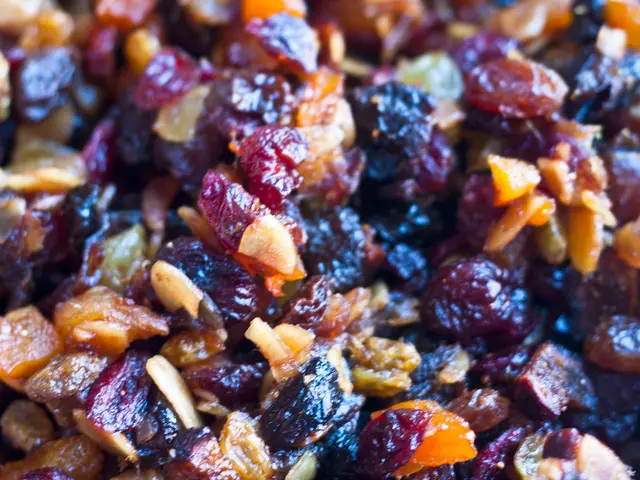Cultivating Peppers in a Chilly Environment: A Guide for Cold Regions
Growing Peppers in a Cold Climate: A No-Bullshit Guide
Want to add some spice to your life and your meals in a cold climate? Growing peppers might just be the way to do it. It's not as easy as growing tomatoes, but if you can conquer the chill, you'll have a bounty of delicious, organic peppers that'll make your taste buds dance.
Why Grow Peppers?
We love growing peppers because they're freakin' delicious! With so many delicious recipes out there calling for peppers, it makes sense to grow our own. Plus, peppers are on the *dirty dozen list* of high-pesticide produce, and they can be expensive to buy organic. So why not take matters into our own hands?
Choose an Early Variety
To grow peppers in a cold climate with a short growing season, choose an early pepper variety. By early, we mean that the days to maturity should be below the number of frost-free days in your area. Check out these early pepper varieties we've had success with:
- Early Jalapeno: This one's a winner with its 70 days to maturity and high productivity.
- Red Bulls Horn: It's a sweet Italian heirloom with 80 days to maturity that does well in a colder climate.
- Doe Hill: This pretty yellow tomato pepper is very tasty and matures in just 60-65 days.
- King of the North: It actually matures in a shorter season and is one of our favorites.
- Orange Bell: This one's tasty, and while it takes 85 days to mature, it's totally worth it.
- Orange King: This thick-skinned large sweet pepper is another favorite, but it does take 72 days to mature.
- Canoncito: This early, vigorous pepper packs some heat, but not too much.
- Joe E Parker: Mildly hot and anaheim-style, this pepper takes between 75-95 days to mature.
Get your seeds from local growers or a climate similar to yours for the best results.
Growing Conditions
Growing peppers in good organic soil, mulched with compost, is best. We find that soil-grown peppers have a better taste than hydroponically grown peppers. They're often larger, but take longer to mature, so many end up still green at the end of the season.
Peppers seem to like it when they're a bit crowded. You can plant them quite densely, even according to the *The Square Foot Garden Book*'s recommendations of one plant per square foot. Containers are also a great option. Use a compost-rich soil and water regularly.
If you want your peppers to grow faster, consider using an aeroponic system like the Tower Garden. It allows plants to grow about 30% faster, and we love growing our peppers vertically in a small garden or greenhouse.
Starting Seeds
Start peppers indoors about 8-10 weeks prior to planting them out. In our area, the last frost date is May 26, so we start the seeds indoors in mid to end of March. By the time they're ready to set out buds but not blooming yet, it's time to transplant them outside.
Don't rush seed starting. Later started summer crops grow faster and young seedlings transplant better. Use good potting soil instead of seed starter soil, and read more on starting seeds indoors here.
Pruning
Many growers like to start pepper seeds very early and then cut the seedling back to force branching. However, a not pruned back seedling branches too. So we see no reason to do it.
Location, Location, Location
Peppers are a summer crop and prefer a warm, well-drained spot. In a cold climate, a greenhouse or a south-facing hot microclimate is best for them. A warm spot on your deck can be a great location for peppers grown in containers or grow bags.
Protection
Peppers like it warm. In case of a cold spell, give them as much protection as you can. You can use a plant protection blanket or create a micro-climate by building a wind barrier or a window-protected garden bed.
Pests
Aphids love peppers. We've tried growing pepper plants indoors in a window garden room, but because aphids love the plants, it's a constant battle. In the greenhouse, pepper plants are often infested by aphids. We shower them off with a garden house as needed to reduce the population of aphids.
Watering
Pepper plants do not need constant watering. Keep them moist but not wet, much like tomato plants. Watering plants with tap water is too cold for heat-loving plants. It's better to use stagnant water that's warmed up from the sun.
Harvesting and Preserving
In a cold climate and short growing season, we often end up with a lot of green peppers. While delicious, the question comes up: can peppers be ripened indoors just like tomatoes? It seems that the results are very mixed. Trying it myself, I think it depends more on the variety. Some seem to turn color, while others don't.
To ripen the peppers quicker, they need to be in a warmer place, which leads to drying out. In the end, they're not as crisp as freshly harvested peppers.
Our conclusion? It's not worth it. Use the juicy green peppers instead.
Preserving Peppers
We use peppers mainly in cooking. For that purpose, peppers can be diced and frozen without blanching. We also love pickled hot peppers, fermented hot pepper paste, and canned bell peppers.
Make your own hot pepper flakes or powder.
Growing peppers in a cold climate has been a great experience, and every year we learn more. Do you grow peppers? Please share your best growing tips with us. If you like this post, don't forget to subscribe to our website and follow us on Instagram, Facebook, or Pinterest for the latest updates.
More Growing Tomatoes Posts You Might Enjoy:
How to Support Tomato Plants
Transplanting Tomato Plants into the Ground
When and How to Start Tomato Seeds Indoors
To Prune or Not to Prune Tomato Plants
Complete Guide on How To Grow Tomatoes Indoors
Common tomato leaf diseases
How to Start Tomatoes from Seeds
Bull's Heart Heirloom Tomato Variety
Growing Tomatoes Summer Update
Heirloom Tomato Varieties We Grow In a Northern Garden
FacebookPinterestWhatsAppTelegramTwitterLinkedInCopy LinkMessengerRedditShare
- To savor the delightful taste of home-grown peppers in a cold climate, consider cultivating them in raised beds, greenhouses, or containers.
- As you embark on this spicy journey, choose early pepper varieties that can mature in less time than the number of frost-free days in your area.
- Beginning your peppers indoors 8-10 weeks prior to planting will allow them to grow into strong seedlings ready for the garden.
- Pepper plants thrive in well-drained, warm soil that's enriched with compost for optimal flavor and size.
- For a quicker growth, consider using an aeroponic system such as the Tower Garden for a vertical garden or greenhouse to help the plants develop faster.
- In a cold climate, locate pepper plants in a sunny, sheltered, and warm space to optimize their growth, such as a south-facing location or a protected greenhouse or raised bed.
- To get the best results, start your seeds from local growers or regions with similar climates to maximize the success of your pepper plants.
- Follow our family recipes to preserve your peppers through canning, pickling, or freezing for a taste of summer during the colder months.
- Embrace the gardening lifestyle and cultivate your own organic garden, harvesting delicious and healthier peppers than those commonly found in stores, all while saving money on the organic produce often found on the dirty dozen list.


